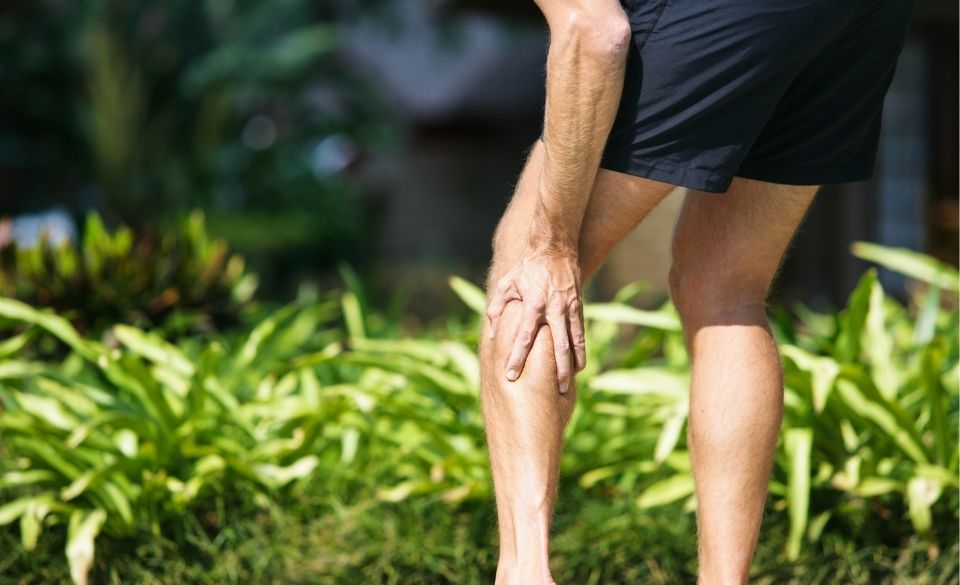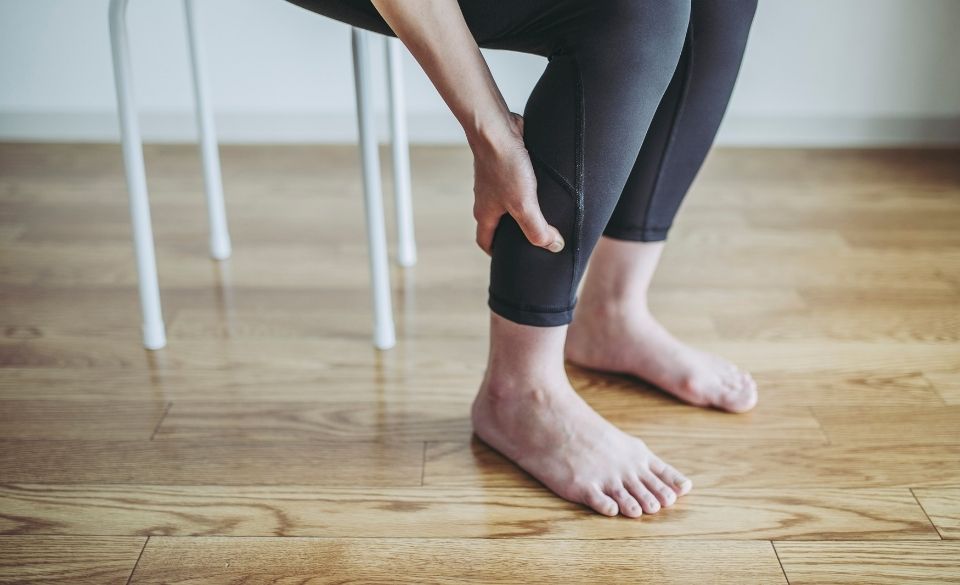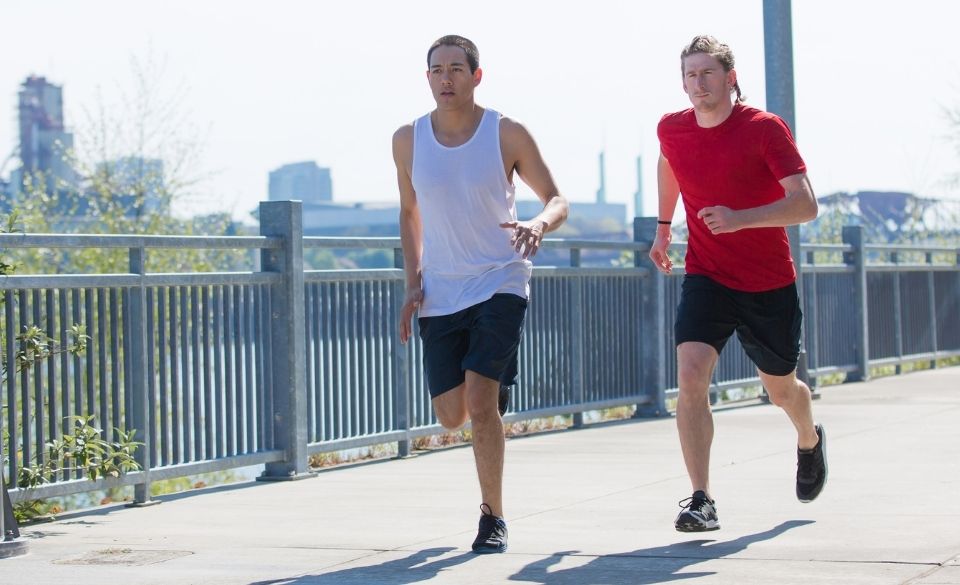
Calf Pain When Running? What you Should Know!
Page Contents
Just like shin splints, calf pain is widely spread among runners. Many runners complain of calf soreness and calf pain when running, even though they don’t have an injury. Often the pain gets gradually worse to the point where running becomes too painful or uncomfortable.
So what causes calf pain when running?
There are typically a few potential diagnoses for pain in the calf and in this article, we will look at what causes this and how you can prevent calf pain from happening on your next run.
Calf Pain When Running
If you are experiencing calf pain when running there can be a few causes. Some of these include:
– Overloaded calf muscles
– Running shoes with less heel to toe drop
– Tight muscles
– Posterior compartment syndrome
– Tight Soleus
– Change in terrain
Most of the time injuries to the calf muscle are caused by overloading the muscle. This can be caused by an increase in mileage, lack of massage and stretching or too much hill running. Hill running puts a lot more strain on the calf muscle than flat running, so if you are experiencing tightness in the calf, back off hilly running for a while.
Another cause that can affect the calf muscle is shoes. Manufacturers are pushing the move into zero drop or minimalist running shoes and more and more people are shifting into them. However, moving from a shoe with lots of heel-to-toe drop will generally cause issues in the beginning. This often places a lot of strain on the calf muscle while it adapts.
Last but not least is running form. The runner who is trying to move to a more forefoot or midfoot style will often experience pain in the calf. This is because of the shift from heel striking to midfoot landing, which increases the stress on the calf muscle during landing and takeoff.
No matter what the cause of the pain is. Regular icing and massage generally help to relieve pain and tightness. If you are only experiencing tightness rather than pain, you should be able to continue to run. However, if you are dealing with a lot of discomfort, swelling, and tightness, you will need to rest until the symptoms start to disappear.
Other forms of recovery include:
1. R.I.C.E. (rest, ice, compression, and elevation). Elevating the legs and regular icing will help reduce swelling and speed up recovery.
2. OTC medications. Anti-inflammatory drugs such as ibuprofen or naproxen can help reduce pain and swelling.
3. Light stretching can help reduce pain and create suppleness around the tight area.
4. Regular massage will loosen up the muscles and promote blood flow. Speeding up the recovery process along the way.

Lower Calf Pain When Running
If you are dealing with lower calf pain when running, then you may have tight soleus muscles or Achilles tendon. Regular massage and icing will usually help relieve the pain and loosen the muscle. Other causes can be:
– Increase in mileage
– Increase in intensity
– Overused soleus muscle
– Tight hamstrings
Many runners develop lower calf pain when running because they increase their running speed too quickly. When you increase your speed running, you shift a greater load onto the forefoot which places more strain on the calf muscle.
So if you are doing your first intervals for the season or doing your first-speed work session, ease into the workout over a few weeks. Doing so will help the muscles to transition into faster running.
Outside Calf Pain Running
Generally, outside calf pain when running is caused by similar things as lower calf pain. However, sometimes outside pain in the calf is caused by too much supination or pronation.
This generally leads to more stress on the calf muscle because it needs to take up more load to try to stabilize the foot during landing.
If you are experiencing pain on the outside or side of the calf, try changing to a more stable shoe or reduce the amount of off-road running you are doing.
Other causes can be overuse, increased intensity, or mileage. Either way, just like other forms of lower leg pain, rest, ice, and elevation can help reduce symptoms. Alternatively, speak to a physio or running coach that can help look at your running style.

Should I Run With Tight Calves?
One of the most common questions is with people experiencing soreness in the lower legs is “Should I run with tight calves”
Unfortunately, there is no direct yes or no answer. It will depend greatly on how tight they are and if they cause you any pain or discomfort.
If you are experiencing only light tightness, running can help loosen the calf muscles up. However, it is important to stay off running hills for the time being. As it will greatly reduce the stress placed on the muscles.
Alternatively, if the muscles are painful to touch and are swollen as well as tight, any form of exercise that places stress on this area should be stopped. That means no running until the swelling and pain have stopped.
Recovery time can often depend on the severity of the injury and can take anywhere from 1 – 2 weeks to recover from tight calf muscles. For the more serious injury which might be a tear or strain, it can take anywhere from 2-8 weeks to recover.
Luckily during this time, there are other forms of exercise you can do to keep your fitness. Swimming, light cycling, and rowing are some exercises that can help keep your current fitness while you recover from injury. Just bear in mind, if you experience any kind of discomfort doing another form of exercise, change to something else.



